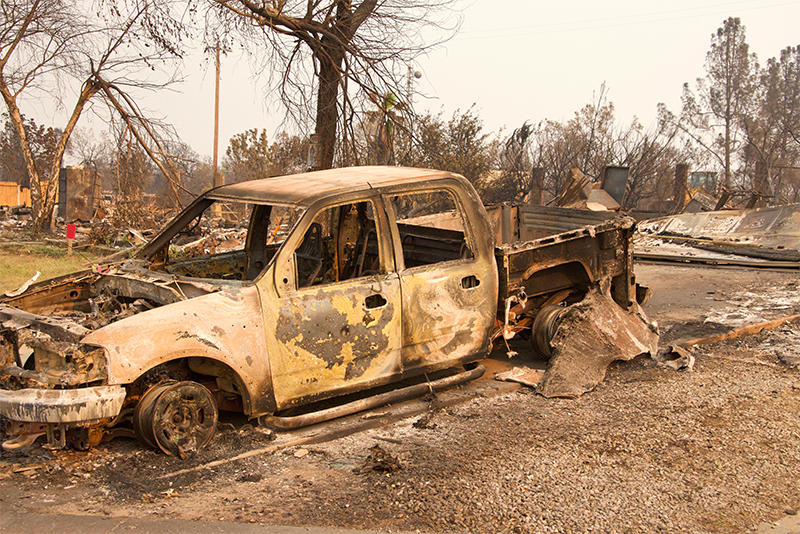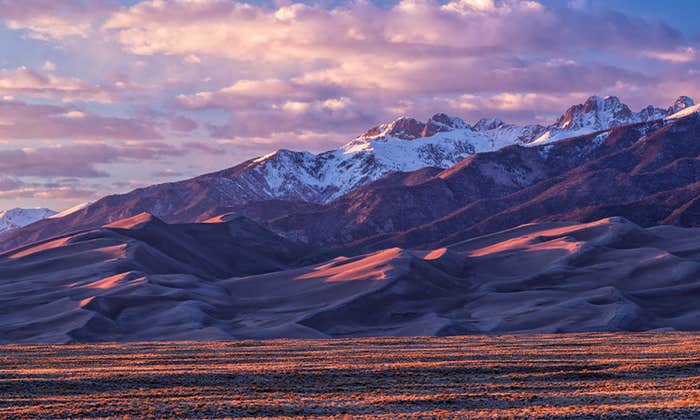Two months into fire season, Canada’s colossal northern blazes are having a hemispheric impact as they have shrouded tens of millions of people in toxic smoke and turned skies orange from Chicago to Madrid. As of mid-July, an area the size of Portugal—more than 20 million acres of forest and grassland—has burned from Alberta to Nova Scotia, shattering monthly and even annual records. Meanwhile, steadily expanding fires across the north, literally from coast to coast, continue to burn, stifling travel, tourism, logging operations, and oil and gas production. Tens of thousands of evacuations have been ordered. With a good three months of fire season remaining, there is no end in sight.
If it wasn’t clear before, fire burns differently now: earlier, hotter, longer. But the warning signs have been visible for some time.
These shockingly fast, ultra-hot fires are migrating east.
When an out-of-control wildfire roared into the petroleum hub of Fort McMurray, Alberta, seven years ago, it triggered the largest, most rapid evacuation due to fire in modern times. Nearly 90,000 people—the entire population plus a small army of temporary workers—were driven out in one terrifying afternoon. People who watched this remote but wealthy industrial city disappear beneath a volcano-sized fire cloud 45,000 feet tall couldn’t believe their eyes. This, after all, was Fort Mac—well known in Canada as the young and vital energy powerhouse boasting the biggest machines and the highest median household income on the continent. As the city, and the uncertain fate of its inhabitants, trended on newsfeeds around the world, hundred-foot flames drove fire storms through one neighborhood after another for days. Even weeks afterward, no one was sure who might have been left behind in this sudden apocalypse. The fire burned across the region for a month in unrelenting record heat, shutting down the region’s multi-billion-dollar bitumen industry, destroying 2,500 structures, damaging thousands more, and blackening some 1.5 million acres. It took more than two months to get the fire under control, and tree roots were still smoldering more than a year later. The Fort McMurray Fire was the most expensive disaster in Canadian history.
I was watching in May 2016, and what I saw then set off alarm bells. Fort McMurray is in the subarctic, some 600 miles north of the United States border; winter was so recent up there that, even as the fire achieved metal-melting temperatures, local lakes were still frozen and car-sized blocks of ice still lined the Athabasca River. A week later, a visiting official could scarcely believe her eyes: “You go to a place where there was a house,” she said, “and what do you see on the ground? Nails. Piles and piles of nails.”
All that remained of entire neighborhoods after that fire were the warped metal husks of furnaces, refrigerators, and cars. Concrete doorsteps stood like gravestones in those ash-gray voids.

The world is warming, but the North is warming faster. The temperature on May 3, 2016 broke the record for that date by fully 10 degrees; the relative humidity was comparable to Death Valley, and it never let up. (This summer is even hotter: a town in the Northwest Territories, near the Arctic Circle, broke 100 degrees Fahrenheit on July 8.)
It struck me then that something new was happening in the forest, and in the atmosphere: fire seemed to be changing. The causes are multifold—a century of effective fire suppression increasing the fuel load, widespread beetle infestations leaving vast stands of dead, fire-ready trees, and ongoing drought. But there is an overarching influence that exacerbates all of these, and that is rising temperature—winter and summer, night and day. Two centuries of relentless fossil fuel burning have supercharged our atmosphere with heat-trapping CO2 and methane, to the point that we have made the entire planet measurably more conducive to combustion. In this sense, the fossil fuel industry is truly a “fire industry;” not only has it empowered us, it has empowered fire itself.
Just two years after Fort McMurray burned, in July 2018, the northern hemisphere experienced its first fire tornado, an EF-3 firestorm with 165 mph winds and peak temperatures of 2,700 degrees Fahrenheit. The Carr Fire tornado churned through several neighborhoods in Redding, California killing five people, tossing Ford F-150s through the air, and tearing hundred-foot-tall transmission towers off their concrete moorings. No one who witnessed it had ever seen anything like it. Since then, states, provinces, and countries around the world have been seeing the worst fires in their respective histories. Across the West, neighborhoods, even entire towns, have been wiped out. Now, these shockingly fast, ultra-hot fires are migrating east.
Once again this year, temperature records are being broken (with the hottest days ever recorded on Earth being logged in July), the air is desert dry, and the land is bursting into flame. When my book Fire Weather published in May, I found myself in a surreal position, recounting the devastation of the Fort Mac fires as stratospheric pyrocumulonimbus thunderstorms were blooming over Alberta and British Columbia and massive fires raged below. Two months later, they continue to do so, clear across the country now. (As of mid-July, Canada alone has generated nearly 100 pyrocumulonimbus fire storms, obliterating all recent records.)
I live in Canada and am attentive to the news, but I didn’t appreciate how dire the situation was up north until a journalist from the remote city of Yellowknife, in the Northwest Territories, called me out of the blue. She didn’t want an interview, she wanted advice. Across the lake from her was an out-of-control wildfire, and she wanted to know if her isolated boreal community of 20,000 with only one road out, just like Fort McMurray, should revise its evacuation plan.
Yes, I said. And then I shared with her the common themes I encountered in every modern fire I researched, and in every interview I conducted: no one is ready for how fast 21st Century Fire comes into their town, or for what it does when it gets there. ![]()
John Vaillant is a journalist and best-selling author whose work has appeared in The New Yorker, The Atlantic, National Geographic, and The Guardian, among others. He is the author of a novel, The Jaguar’s Children (HoughtonMifflin, 2015), and three nonfiction books, The Golden Spruce (Norton, 2005), The Tiger (Knopf, 2010) and, most recently, Fire Weather: A True Story From A Hotter World (Knopf, 2023).
Lead image: Dino Adventure / Shutterstock




























